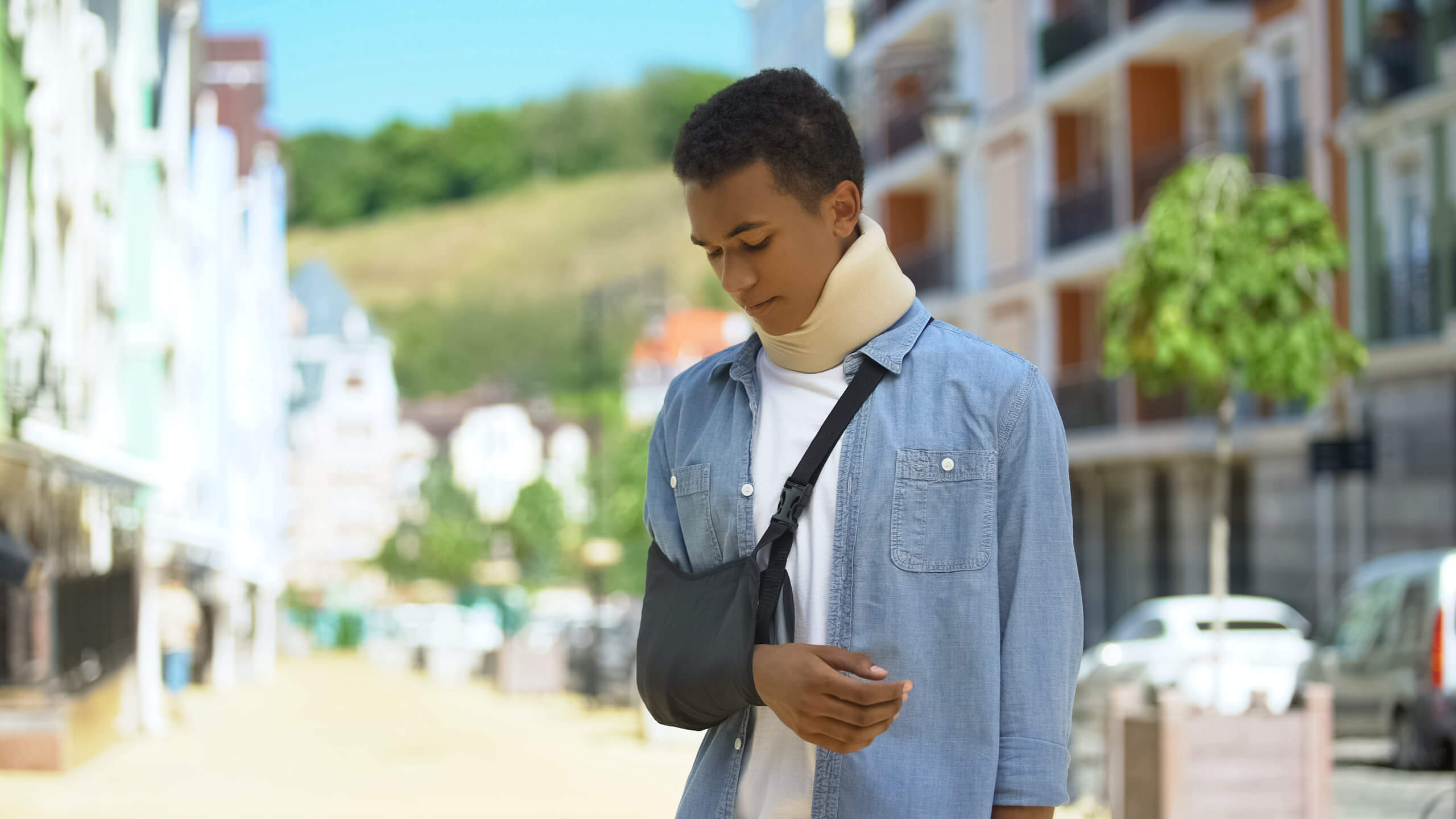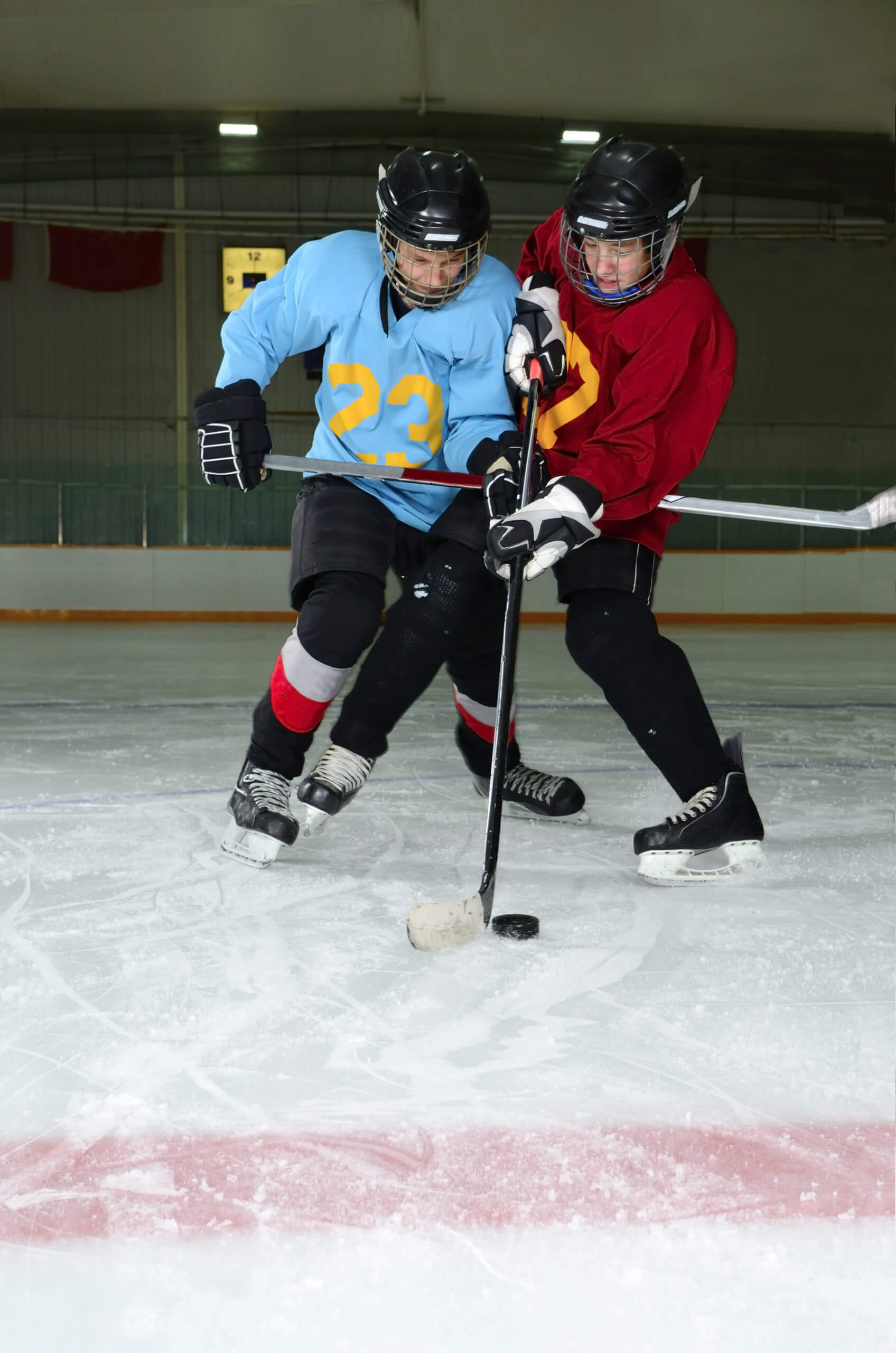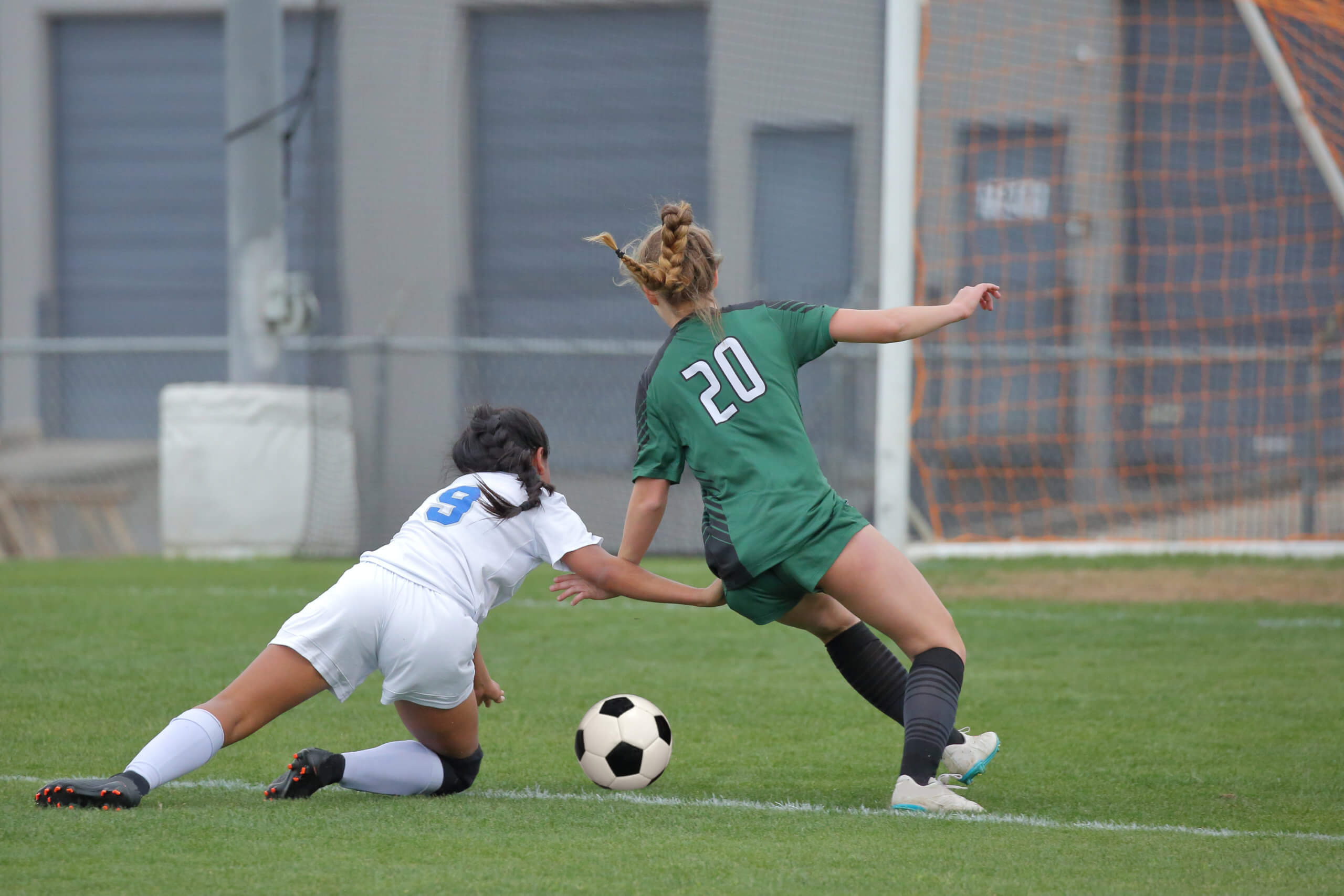About Clavicle Fractures for Teens
Do you know where your clavicle is? Or how to tell if it’s broken? A broken clavicle can be a painful, disruptive injury, and it’s common. If your active teen has pain and swelling in this area after an accident or strike during sports, they might have a fractured clavicle that needs treatment.
Where Is the Clavicle?

Also known as the collarbone, your clavicle is a bone that runs horizontally across the top of the chest and under your neck. It connects the sternum in the center of the chest to the shoulder. It is visible on most people in the area where a shirt collar might be.
What Is a Fractured Clavicle?
A broken collarbone is a common injury in teens and kids. If your teen is active, a break in this bone is even more likely. There are three types of clavicle fracture based on the location of the break:
- Breaks most commonly occur in the middle of the bone, about halfway between the sternum and shoulder.
- The second most common are fractures near the AC joint, where the clavicle connects to the shoulder blade.
- The least common type of break occurs close to the sternum.
Trauma or a forceful blow to the shoulder or arm is the underlying cause of clavicle fractures. This could occur during a car accident or a fall. For many teens, it’s a sports injury. Any sport that requires contact is more likely to cause a clavicle fracture.
Symptoms of a Broken Collarbone – And What to Do Next
Your teen’s collarbone might be broken after a blow or trauma if they have:

- Pain, especially when trying to move the shoulder
- A grinding feeling, cracking, or stiffness when moving the shoulder
- Swelling
- Bruising
- A bulge under the skin in the injured area
If you think your child has a fracture, you’ll need to see a doctor about treatment. A pediatric orthopedist can diagnose the fracture based on symptoms, a physical examination, and probably X-rays to identify the location and extent of a break.
In the meantime, use a sling to keep the arm and shoulder immobilized and close to the body. Ice the injured area to reduce pain and swelling. You can also use over-the-counter pain medication as long as the bone hasn’t pierced the skin.
What Is the Fastest Way to Heal a Broken Collarbone?
Your orthopedist will offer treatment based on the diagnosis with speedy, effective healing in mind. They will provide treatment and broken collarbone recovery tips, like prescribed rest, a timeline for healing, and specific exercises.

Clavicle fracture treatment depends on the type and extent of the injury. Many fractures heal without surgery. Treatments include using a sling to immobilize the shoulder and arm; rest; pain medication; and physical therapy.
Surgery is only needed if the bone has shifted significantly on either side of the break. An orthopedic surgeon uses plates, screws, and other fixtures to hold the bone in place, allowing it to heal straight. These typically stay in place indefinitely.
How Long Does a Broken Collarbone Take to Heal?
Broken collarbone recovery time varies by individual and depends on the extent of the injury. Also important is the patient’s age. For a child eight years old or younger, it should take just four to five weeks. Older children need a little longer.
Unfortunately, teens who have stopped growing need additional time to heal, up to 10 to 12 weeks. For older teens and young adults, it can be up to four full months before the injury is completely healed and functional.
What Are the Long-Term Effects of a Broken Collarbone?
Some people naturally worry about how the collarbone will heal, whether it will heal straight or look crooked, and when a return to certain activities is possible.
Most collarbone fractures heal straight, even if the bones don’t seem to be lining up perfectly. The clavicle has a thick outer layer of bone tissue that typically remains intact after an injury. The broken interior of the bone is held within that outer layer, which acts like a cast that keeps it straight. Some patients have a small bump in the area of the fracture.
A fractured clavicle should not keep your teen out of sports for long. Your doctor or surgeon will tell you when it’s ok to get back in the game. In general, when there is no pain with pressure on the clavicle and when shoulder strength and function are back to normal, sports are safe again.
Teens will typically need to wait longer to resume contact sports. For instance, they might be able to go back to running after six weeks but need eight or more weeks to return to football safely.
Breaking the collarbone is no fun, especially for active, sports-loving teens. Fortunately, this type of injury heals well and rarely requires surgical intervention. If your teen has a clavicle injury, request an appointment to see an SI Ortho pediatric orthopedic specialist.
Posted in: Shoulder and Elbow
